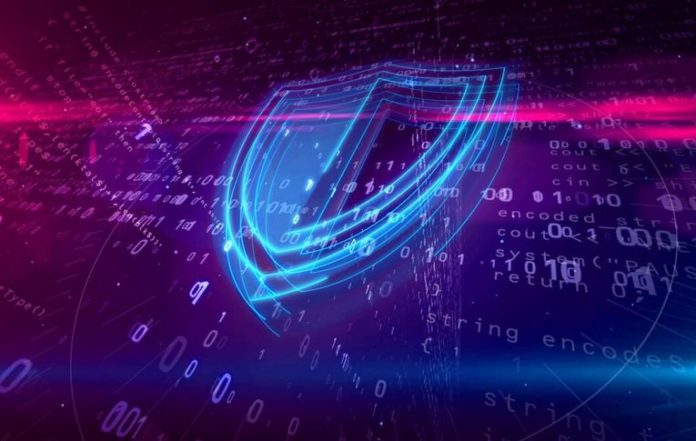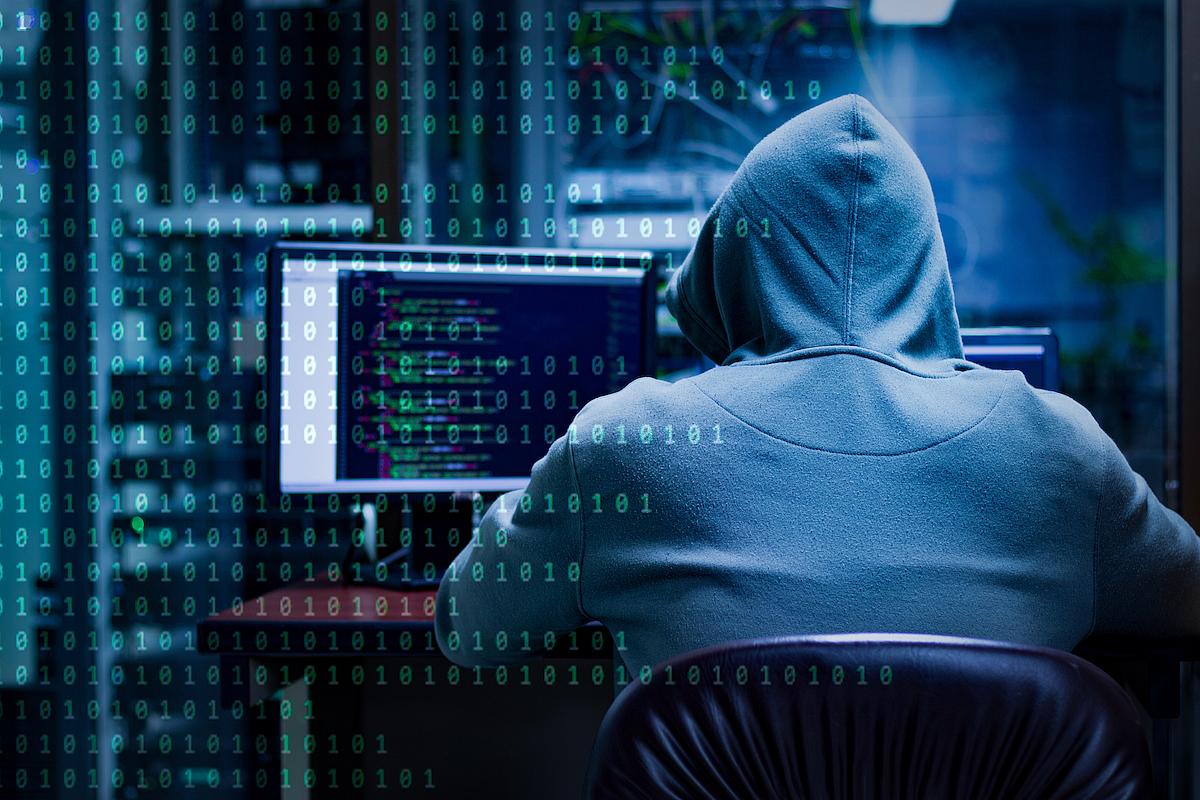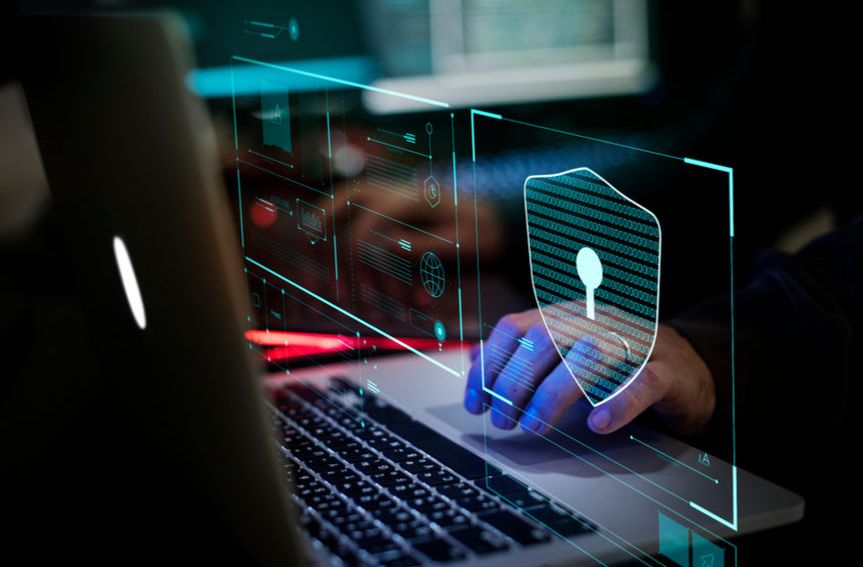
In today’s interconnected world, cybersecurity attacks are a common threat all companies face. As more and more companies perform their data operations online, the chances of attacks are increasing rapidly. Hackers are not just becoming more efficient, but are not afraid to target even large organizations with well-equipped security measures.
In 2011, Sony lost around $170 million due to a hacker who hacked into a PlayStation system and stole valuable data. Similarly, in 2018, Marriott International found out that hackers have stolen data of almost 500 million customers. Therefore, IT professionals are opting for an Ethical Hacking course to help their companies fight against security threats.
Let us take a look at the basics of hacking.
What is hacking?
Hacking means accessing a computer or network without permission. The person performing the unauthorized access is called a hacker. Notably, a hacker identifies the technical weaknesses of a computer or a network. He or she then uses this vulnerability to gain access to the system. The main aim of any hacker is to alter the security features of the system.

There are different types of hackers. They are differentiated based on their activities:
Ethical hackers
They are also called White Hat hackers. They identify the weaknesses of computers and networks in order to fix them. Ethical hackers are employed by companies as security professionals to fight against malicious cyber attacks.
Crackers
They are also called Black Hat hackers as their main intention is to hack into systems and perform malicious activities. They steal customer or business data, transfer funds, and blackmail companies, violate their privacy rights and damage their servers.
Grey hat hackers
This type of hackers falls between White Hat and Black Hat hackers. They might hack into a user’s system to identify the vulnerabilities. Then, they will show these weaknesses to the system user. The user may rectify it to enhance security.
Hacktivist
They are a special type of hackers who have a common agenda. They use hacking as a medium to convey a particular religious, social or political message to the people or a government. Usually, they hack into websites and social media accounts to leave a message that can be viewed.
How have hackers become a problem for companies?

Both small and large companies are vulnerable to cyberattacks. Hackers perform the following attacks and scams to create problems:
Malware attacks
These involve small pieces of code that might arrive in different forms. They may be e-mail attachments and additional software that come with the original software. After installation, they spread to the entire system. Ransomware is an example of malware that denies users access to their sensitive information. Users need to pay a certain ransom amount to regain access. Hackers use this to blackmail companies and extort money in return of user data.
Phishing
These are ways to steal sensitive information through fake websites. In this process, links are sent to users or employees. They are offered amazing prizes and gifts in order to make them click on a certain link. This link will take them to a fake website that looks exactly similar to an original reputable site, such as Facebook or Gmail. Hackers steal the user information that is logged in. Companies have lost a lot of money and sensitive information over the years due to phishing scams.
Misusing weak passwords
Weak passwords are an easy way to gain access to many user accounts. More than 80% of the system hacks involve password cracking. This is because most people use one password for all of their accounts online. A hacker can use a simple graphics card to run more than 300 billion password combinations per minute. In 2012, hackers cracked more than 1 million eHarmony passwords and 6 million LinkedIn passwords.
DDoS attacks
Distributed denial of service attacks is used to temporarily or permanently disable a company’s server. The hacker floods the server with access requests and data with the help of botnets. Notably, a botnet is an infected computer that is directed to send requests to a specific target such as a server.
10 Ways to Protect Data from Hackers

In 2017, more than 200,000 computers were affected by the WannaCry ransomware. This was due to the lack of proper security measures and tools. It is estimated that by 2024, the costs of handling cyberattacks may go up to $6 trillion.
We will now focus on the best measures that companies can adopt to protect themselves against hackers.
Updating the OS
Employees must be aware of the latest patches and updates released for their operating system. It is important to update the operating system with the latest version for protection against malware.
Install a firewall
If you work on a system provided by the office, make sure that it has a firewall installed. But, do not run two firewalls at the same time as they might conflict and malfunction.
Use stronger passwords
Do not use the same password for all the accounts you use. Create different passwords that are unique. They must be a combination of multiple numbers, symbols and case sensitive characters.
Install antivirus software

Always install antivirus software apart from the security tool offered by the operating system, such as Microsoft Security Essentials. It is best to purchase licensed software instead of downloading free versions.
According to Dealarious.com, if you are on a tight budget, you can always check Bitdefender and Malwarebytes discounts. You will never regret investing in a security
software.
Internet Service Provider selection
Select the best ISP by comparing its in-built security features along with speed and price. Also, choose the well-reputed and prestigious service providers.
Use SSL
SSL protocols are useful for securely transferring data between a database and the website where users enter their credentials.
Stop using auto-fill
You must type in the login credentials yourself instead of using auto-fill in forms. This will prevent hackers from logging in sneakily.
Practice better browsing habits
You need to keep certain things in mind while surfing the Internet. Make sure the websites you are accessing start with https:// and not http:// for added security. Stay away from questionable websites and download software from only trusted sites.
Avoid free Wi-Fi

While performing official operations, do not use free Wi-Fi offered in cafes or restaurants. These routers might not be configured properly and hackers may eavesdrop.
Backup
The best way to protect data is to store it securely in another location other than your system. So, create a backup of the important data regularly. You can use external hard disks or cloud services such as Google Drive or Dropbox.
As an official or a company owner, you have to stay updated about the latest security features in the tech world. Be aware of the cyberattacks that are affecting companies and how to tackle them. The best way is to hire experienced security professionals. You can hire professionals having the CEH (Certified Ethical Hacker) certificate.
You can click here to take the cyber security course from EC Council. After passing the exam, you will have the skills to detect the vulnerabilities of systems. Using the skills, you can become a valuable asset to your company or business. Your chances of flourishing in the cybersecurity department in the future also increase with this certification.
















